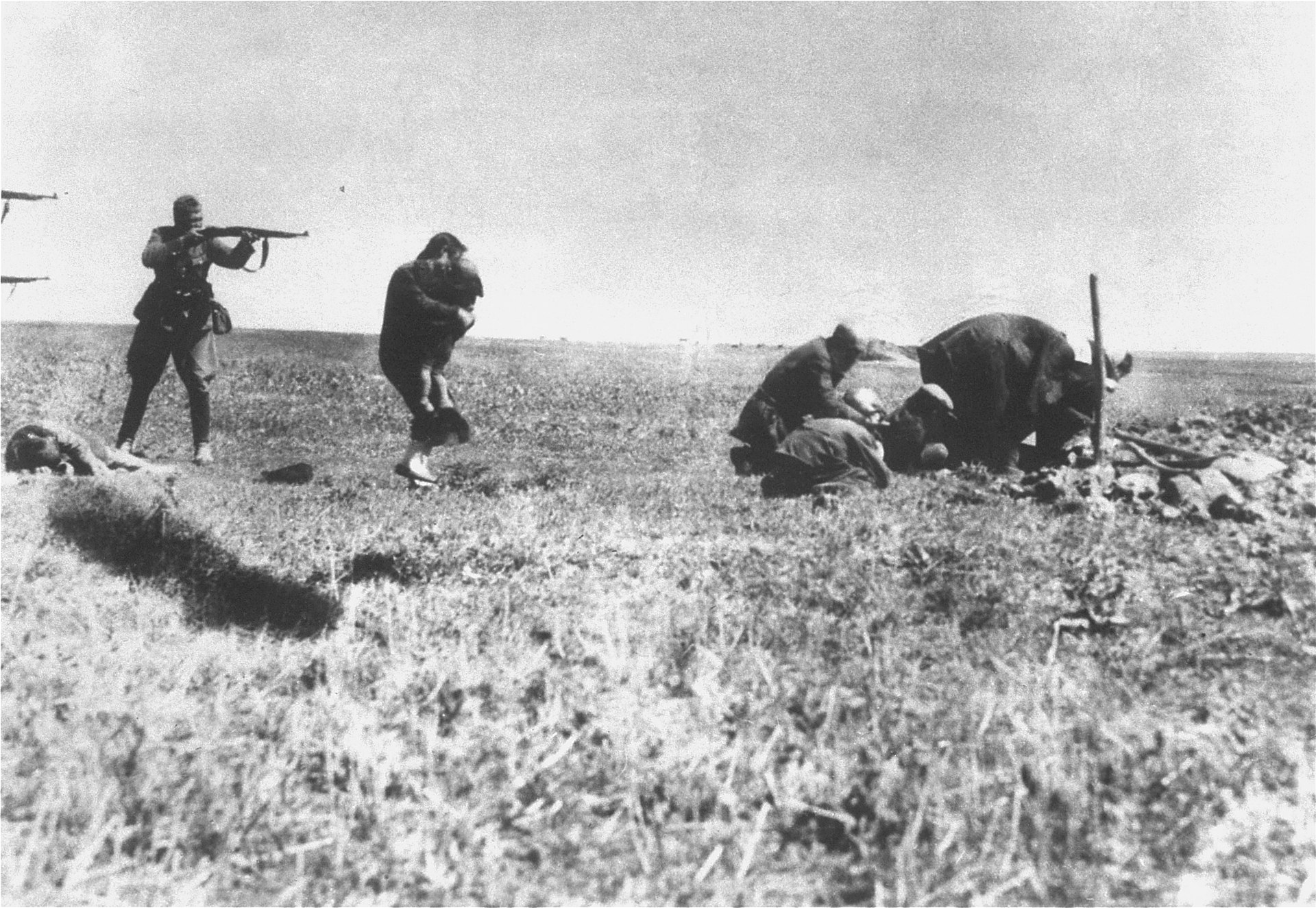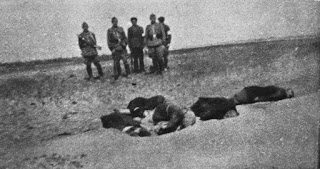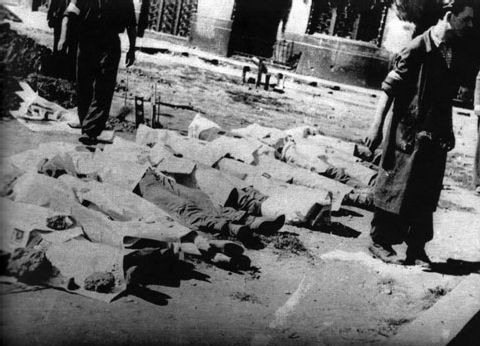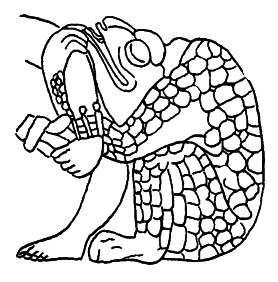ウクライナ・イヴァングロドの写真をめぐる問題
Einsatzgruppen murdering Jewish
civilians in Ivanhorod, Ukraine, 1942.

ウクライナ・イヴァングロドの写真をめぐる問題
Einsatzgruppen murdering Jewish
civilians in Ivanhorod, Ukraine, 1942.

"The Ivanhorod Einsatzgruppen photograph is an image of the Holocaust, showing a soldier aiming a rifle at a woman who is trying to shield a child with her body. It depicts the murder of Jews by an Einsatzgruppen death squad near Ivanhorod, Ukraine, in 1942. The photograph was mailed, intercepted by the Polish resistance in Warsaw, and kept by Jerzy Tomaszewski(1924-2016). In the 1960s, it was alleged that the image was a Communist forgery, but that claim was debunked. Since then, the photograph has been frequently used in books, museums, and exhibitions relating to the Holocaust. Photograph historian Janina Struk describes it as "a symbol of the barbarity of the Nazi regime and their industrial scale murder of 6 million European Jews."[Struk, Janina (29 September 2011). Private Pictures: Soldiers' Inside View of War. I.B.Tauris. p. 77]"-The Ivanhorod Einsatzgruppen photograph.
この写真は、ナチ(アンザッツグルッペンという特別 行動隊)の残虐性を世界に広める役割をしたが、このトリミングされたものが世界に流布して、流通するという「不幸な(あるいは僥倖)顛末」を迎える。



Two pictures (original and trimmed) , and The image as it appears on the cover of the 1959 book
このやり方については、誠実さに欠ける(=極右の申し立ては「フェイクに注意」)という論争が あったのは、ウィキペディアの当該記事(下記に引用)のとおりである。
”The far-right West German newspaper Deutsche Soldaten Zeitung (DSZ, German Soldiers' Newspaper)[6]:86 printed an allegation on 26 January 1962 by Otto Croy, known for his writings on photographic technique, under the title Achtung Fälschungen ("Beware Fakes"). Croy claimed that the photograph had been fabricated by Communist authorities in Poland in order to falsely accuse Germany of war crimes; he alleged that the image did not depict a German soldier and that the weapons and uniforms were not authentic.[6]:86[5] Before publishing 1939–1945. We have not forgotten, West German publishing house Verlag Kurt Desch had verified the authenticity of the image by writing to Roman Karsk, professor of German literature at the University of Warsaw, and he replied that it was a faithful copy of an image held by the historical archives in Warsaw depicting 1942 mass shootings.[12] Second Ivanhorod photograph In response to the allegations, Tomaszewski and Tadeusz Mazur (one of the editors of 1939–1945. We have not forgotten) published another image from the same source in the Polish magazine Świat on 25 February. The second image depicted five armed men, one in civilian clothes and the other four in uniform, standing and looking at the camera over a pile of corpses. It bore several similarities to the better-known photograph, but lacked the "dramatic impact", according to Struk. The flat, barren terrain was identical; one of the men bore a strong resemblance to a soldier in the previous photograph; and the words "Ukraine 1942" had been written on the back of the image in the same handwriting. In the article, Tomaszewski described the DSZ as a supporter of the Third Reich and accused the paper of "revisionism".[6]:86 The allegations continued to be recirculated in the West German press for more than two years, in what Tomaszewski described as a "press war". The Polish government was concerned about a potential diplomatic incident if the image was in fact a falsification, and they sent officials to Tomaszewski's home to inspect the image. In 1965, Der Spiegel published a letter from Kurt Vieweg, a former member of a German police battalion stationed in Norway, and he confirmed that the weapons and uniforms matched those used by his unit and those of the Einsatzgruppen.[6]:86–87[12]”
処刑後の写真も残されている。これによると、参加した兵隊は、撮影者を除いて少なくとも5名存在することになる。

● Jerzy Tomaszewski(1924-2016) の写真を一葉(ワルシャワ蜂起の犠牲者たち)

リンク
文献
その他の情報
Copyleft, CC, Mitzub'ixi Quq Chi'j, 1996-2099
